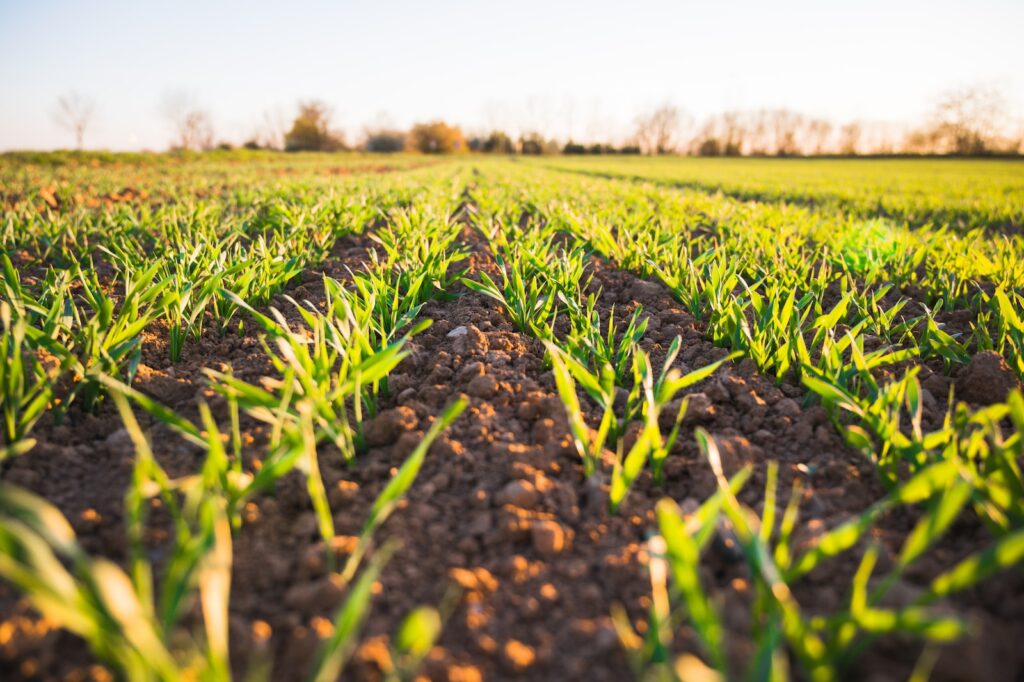Report finds soils losing carbon sparking fears in Europe
A recent report by the European Environment Agency found member states were reporting a loss of carbon from organic soils, leading to calls for better soil management.
The amount of carbon soil can store varies by location, but agricultural activity, such as tiling and excessive sue of fertilizer, can release this into the atmosphere.
Based on data from 2019, EU member states reported that around 108 Megatonnes of CO2 emissions were released from soils in 2019.
In the same year, just 44Mt of CO2 was stored by mineral soils in Europe, meaning net carbon emissions from soils was about 64Mt of CO2 or 2% of overall EU net emissions.

This is the equivalent of approximately half of the EU’s share of aviation emissions, with overall emissions from organic soils found to be the highest in Germany.
The highest carbon losses per hectare, however, were found to come peat extraction activities I Finland, Ireland, Latvia, Estonia and Germany.
The EEA has suggested that European countries adopt a few different strategies to improve the chances of storing more carbon within soil.
Recommendations include restoring peatland or engaging in agroforestry – a type of land management which combines agriculture and tree planting – to increase carbon sequestration.
This can benefit biodiversity and water quality, according to the report, but the authors also warned in some cases mitigation can increase emissions of other greenhouse gases or have a negative effect on food production.
‘Overall, the EU land use, land use change and forestry (LULUCF) sector is a significant carbon sink that removes CO2 from the atmosphere,’ reads the report. ‘However, there are large differences between countries because of the size of the country, how the land is used and the type of soils.
‘The EU has committed to reducing its net greenhouse emissions by 55% by 2030, compared with 1990 levels, and become carbon neutral by 2050.’
Research by the Welsh Government has highlighted how the restoration of degraded peatland in Wales can improve water security.
Photo by Jan Kopřiva












